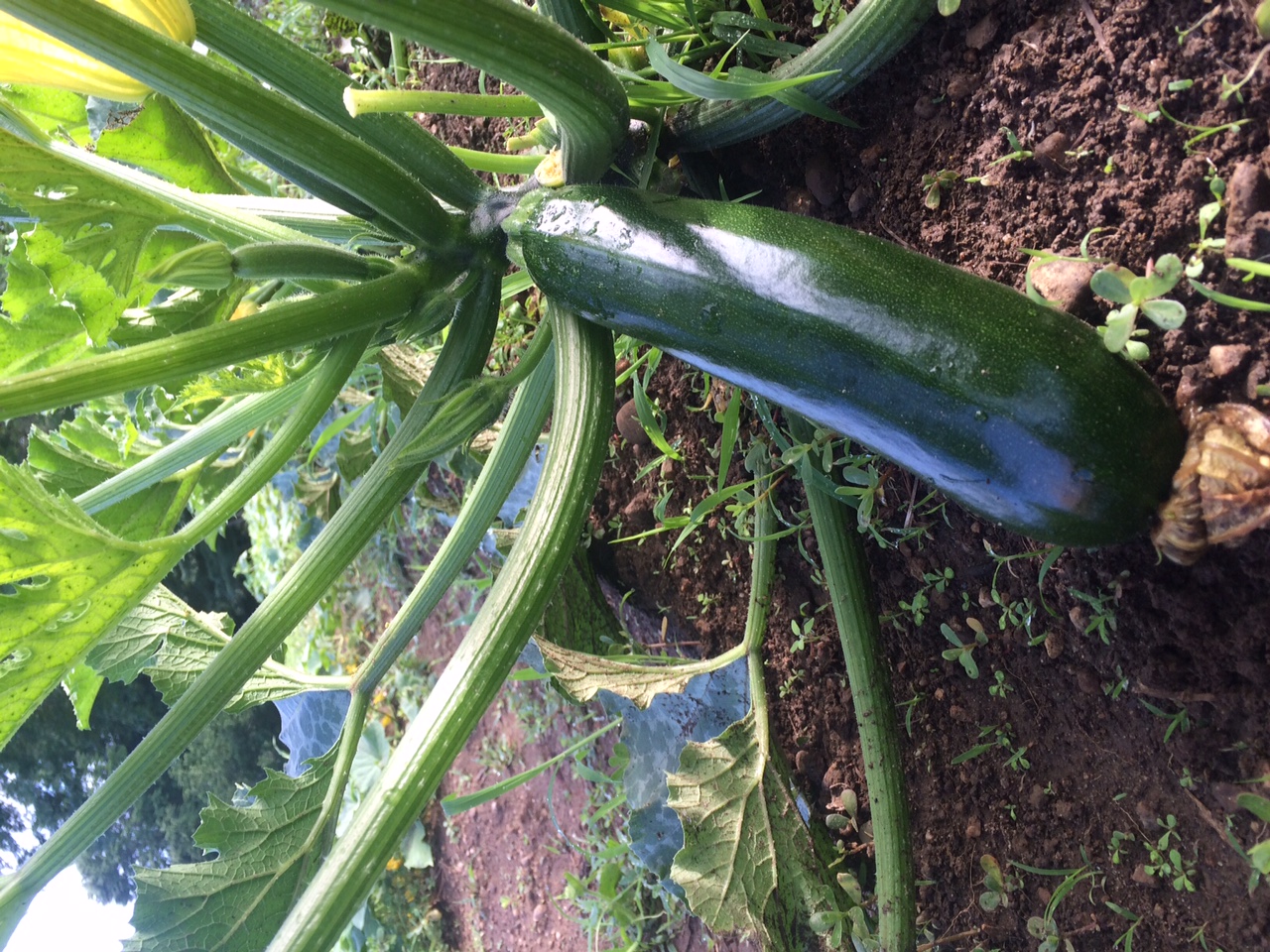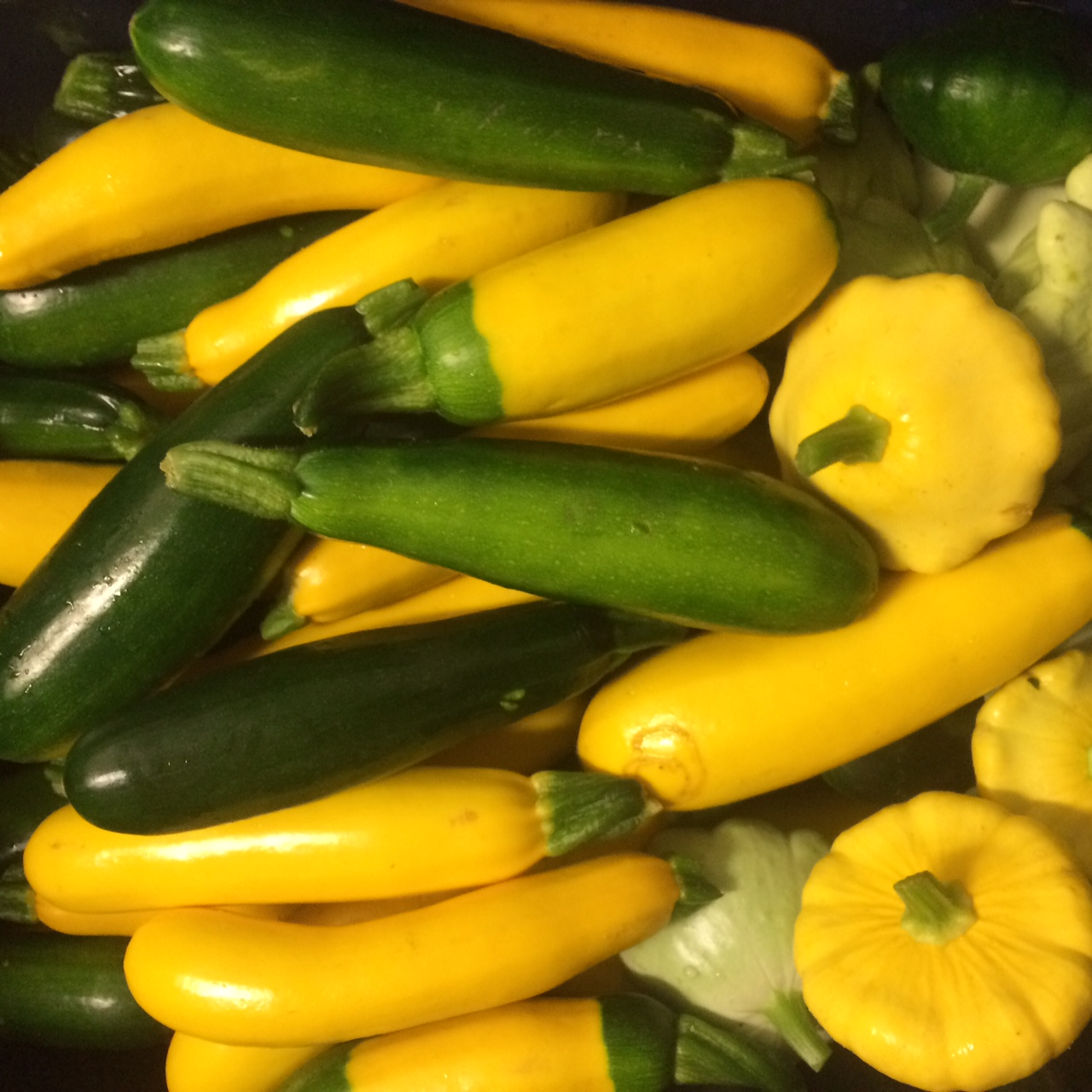There are many lettuce varieties with varying degrees of nutritional value. Romaine lettuce is often mistakenly considered to not have health benefits, but this is not the case. A healthy diet requires that we eat a variety of fruits, vegetables, healthy fats, maybe some whole grains, and protein. A diet consuming only romaine as your leafy green would not be healthy of course, however a salad a day is part of a healthy diet and lifestyle.
Romaine contains a good amount of fiber, making it a fantastic addition to your diet to clean your digestive track, lowering your risk for cancer, heart disease, and diabetes. Sufficient water intake is required for fiber to "do it's job." "Romaine lettuce is an excellent source of vitamin A (in the form of carotenoids), vitamin K, folate, and molybdenum. In addition, romaine lettuce is a very good source of manganese, potassium, biotin, vitamin B1, copper, iron, and vitamin C. It is also a good source of vitamin B2, omega-3 fatty acids, vitamin B6, phosphorus, chromium, magnesium, calcium, and pantothenic acid." The water content and fiber make Romaine a wonderful addition to any meal, especially if you are in weight-loss mode.
Preparing and Storing lettuce is not the same across the board. Romaine In order should be washed and dried prior to storing. Remove any outer leaves that are damaged or wilted, break off the end, soak in a veggie wash solution, preferable in a salad spinner, rinse by soaking in the salad spinner in water, drain, and spin. If storing, do not cut or tear the Romaine. Store in a plastic bag, single layered, separated by unbleached paper towels. Romain can stay fresh up to 1-2 weeks. Romaine can be eaten raw, grilled, added to soups, smoothies, or juiced. Romain can also be used as a wrap or filled. Please click on the button below for recipe.
Thanks for reading my blog.
-Dawn, CHHC, AADP
References
http://www.whfoods.com/genpage.php?tname=foodspice&dbid=61, June 20-26, 2016
http://www.livestrong.com/article/461791-what-are-the-health-benefits-of-romaine-lettuce/























